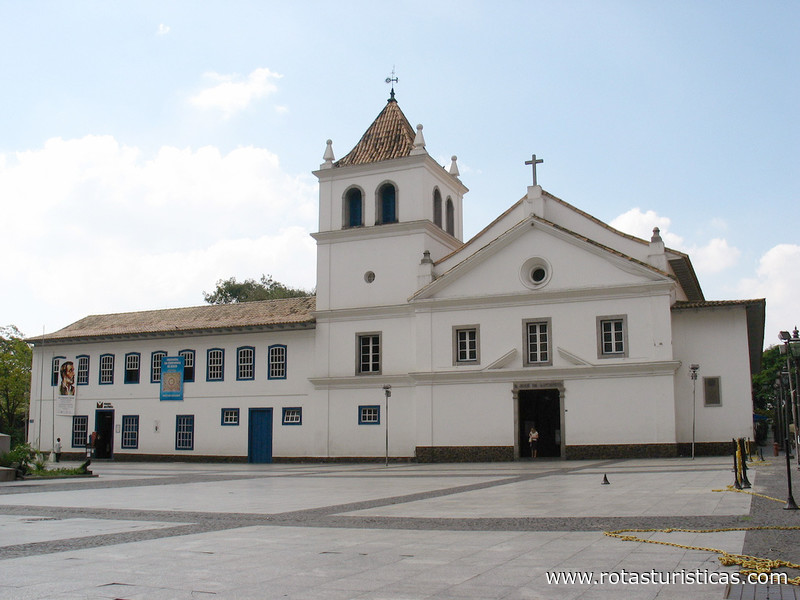São Paulo, São Paulo, Brazil
Suggest Place to Visit
3704
Track to location with GPS |
 |
The Courtyard of the College is an archaeological site, where was built the first construction of the present city of São Paulo, when Father Manuel da Nobrega and then novice José de Anchieta, and other Jesuit priests at the request of Portugal and the Society of Jesus, established a nucleus for indigenous catechizing purposes in the Planalto.
The Courtyard of the College is the initial milestone in the birth of the city of São Paulo. The place, high on a hill between the Tamanduateí and Anhangabaú rivers, was chosen to begin the catechization of the indigenous people.
On January 25, 1554, in front of the palm-tree-covered hut of about ninety square meters - or, as described by Anchieta, ten by fourteen craveiros steps (carnation pass was a Portuguese linear measure) - was held in front of it. which officialized the birth of the Jesuit college. In 1556, Father Afonso Brás, the forerunner of Brazilian architecture, was responsible for the construction in a rammed earth pylon of a college and its annexed church. Quarrels between the settlers and the religious who defended the Indians culminated in the expulsion of the Jesuits from the site in 1640, where they would not return until thirteen years later. In the second half of the 17th century, the third building was built, made of pestle and stone.
The Courtyard of the College was the seat of the São Paulo government between 1765 and 1912, after the appropriation of the place by the state, serving as the palace of the Governors, due to the expulsion of the Jesuits from Portuguese lands, determined by the Marquis of Pombal in 1759. The former colonial mansion was completely uncharacterized by profound reforms throughout this period, especially in the last quarter of the nineteenth century.
There are fragments of a wall from 1585, reminiscent of the former Jesuit college in the present building, which is inspired by the original 17th century, as the church was demolished in 1896 and the Governors' Palace in 1953, opening the whole in its current format. 1979. It houses the Anchieta Museum.
The College Courtyard is an apostolic work belonging to the Society of Jesus. Its complex houses various cultural and religious activities. It houses a museum, the church, a thematic library and social projects.
Religious activities
Masses: Daily masses are celebrated at church at noon. On Sundays, Mass is celebrated at 10:00 am.
Blessing of the Roses: The Blessing of the Roses is a solemnity that was introduced by the Jesuits in Brazil on the solemnity that created the Congregation of Our Lady of the Rosary in the village of Piratininga in 1583. The roses were brought to Brazil by Father Anchieta 1560 and 1570.
Retreats: The house promotes retreats in line with Ignatian spiritual exercises.
Weddings: The Church of the College Courtyard also holds marriage celebrations.
Courses: Religious theme courses are offered to the public.
Cultural activities
Concerts: The house maintains a program of concerts with orchestras and choirs.
Come to Pateo on Sunday: Every third Sunday of the month at 11 am free cultural activities are offered. Adult audiences can enjoy concerts and performances by folk groups, while children take part in a series of art and history workshops, puppet theater, treasure hunting etc.
Museum: The museum has a collection of sacred art and different media of memory, such as unpublished iconography, explanatory texts, maps and model on the history of the College Courtyard and the city of São Paulo.
Padre Antonio Vieira Library: The library specializes in the history of Brazil and the Society of Jesus. It has six thousand cataloged titles and another seven thousand in cataloging.
Comments
We don´t have yet any comments about:
Pateo do Collegio
Pateo do Collegio
Be the first to leave a comment as it is very important to inform other people
Outros locais a visitar
Within a radius of 20 km from:Pateo do Collegio
Anchieta Museum |
| 0,0 Km |
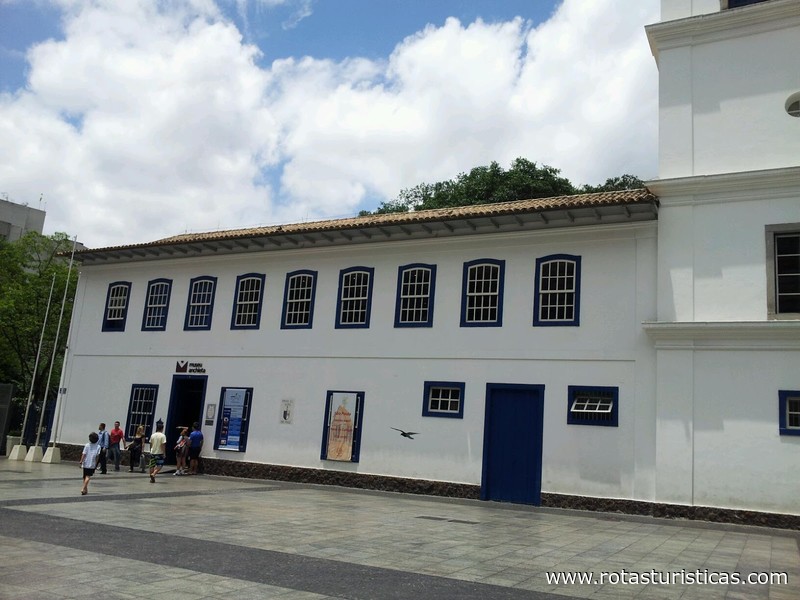 |
Solar of the Marquise of Santos |
| 0,1 Km |
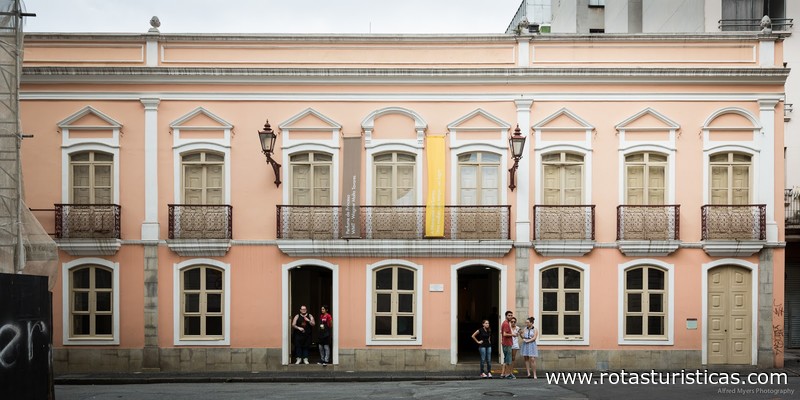 |
Caixa Cultural - Sao Paulo |
| 0,1 Km |
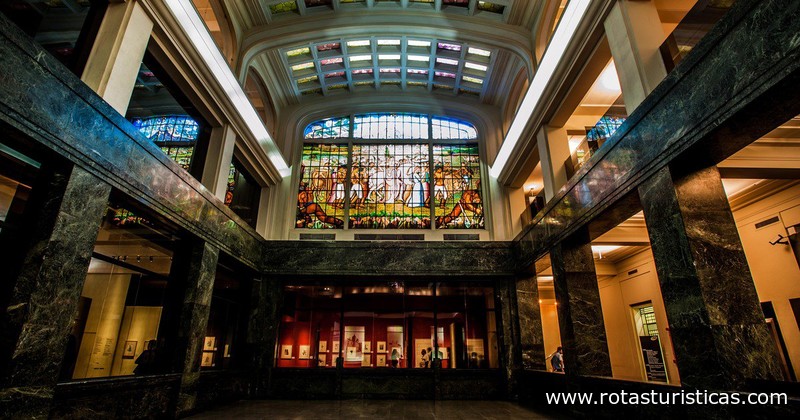 |
Metropolitan Cathedral of Sao Paulo |
| 0,4 Km |
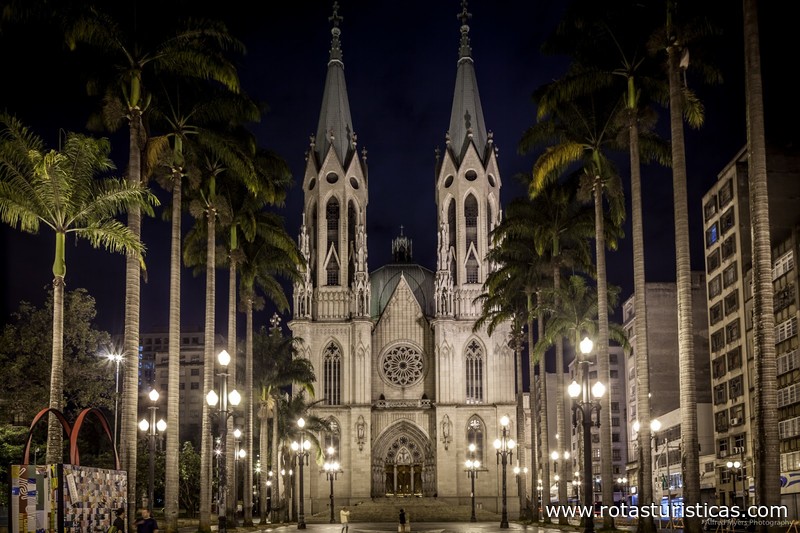 |
São Paulo Court of Justice Museum |
| 0,4 Km |
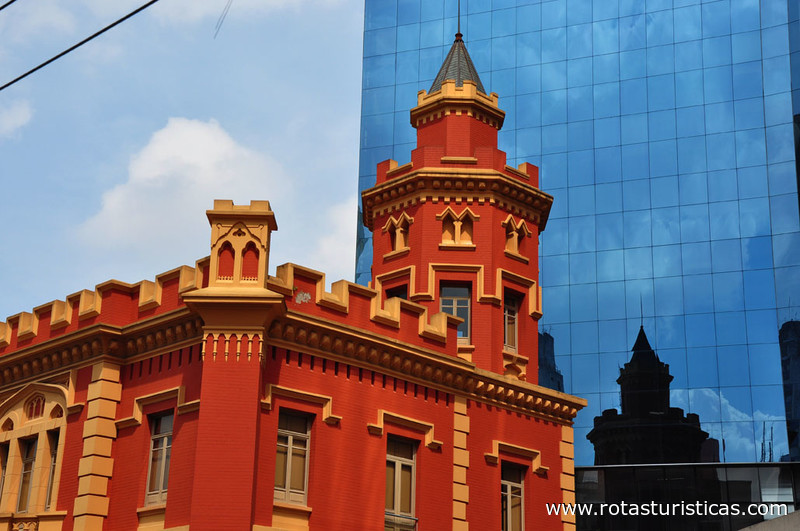 |
São Paulo - Informação Geral |
| 0,5 Km |
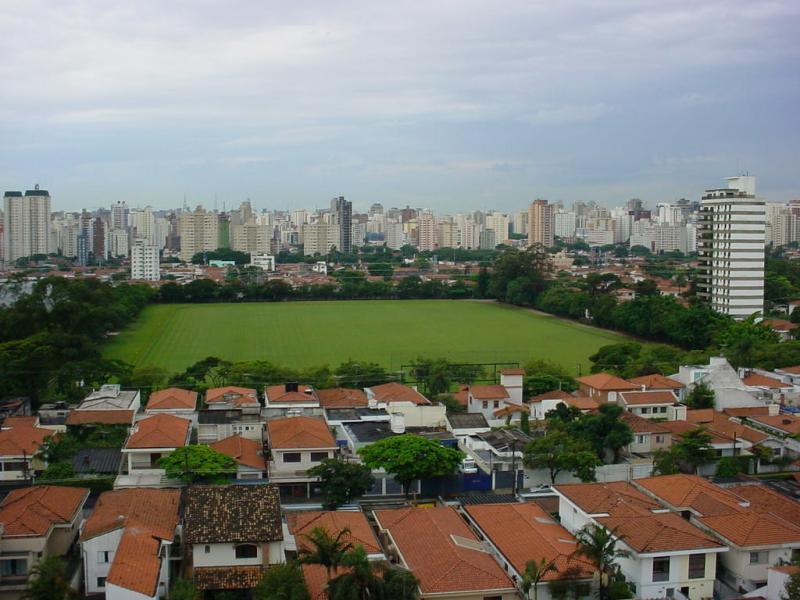 |
Municipal Theater Museum |
| 0,6 Km |
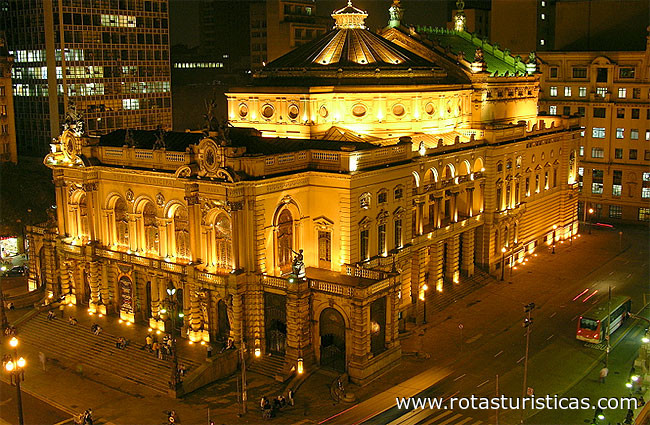 |
Mis-Museum of Image and Sound |
| 0,7 Km |
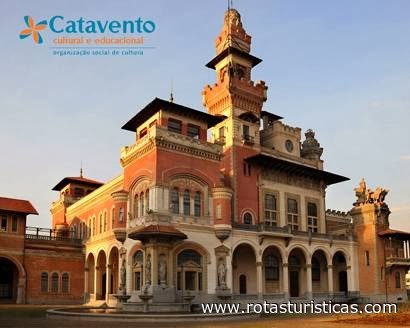 |
Cultural and Educational Pinwheel |
| 0,7 Km |
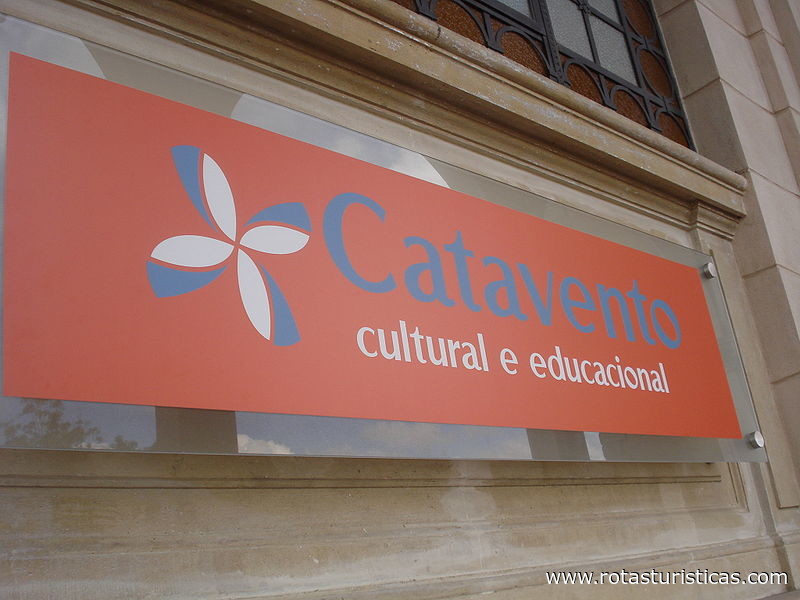 |
São Paulo City (Brazil) |
| 0,8 Km |
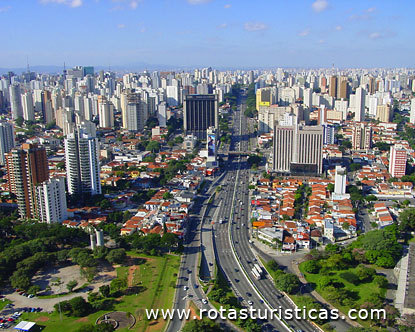 |
Dona Yayá's House |
| 1,3 Km |
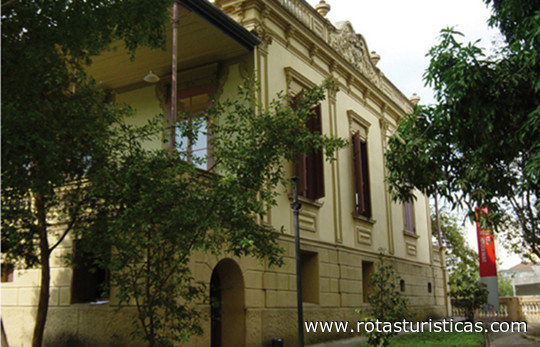 |
Museum of Portuguese Language |
| 1,5 Km |
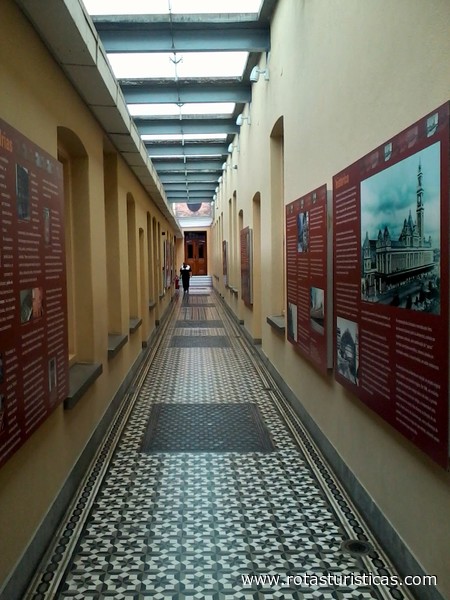 |
Japanese Immigration Museum |
| 1,5 Km |
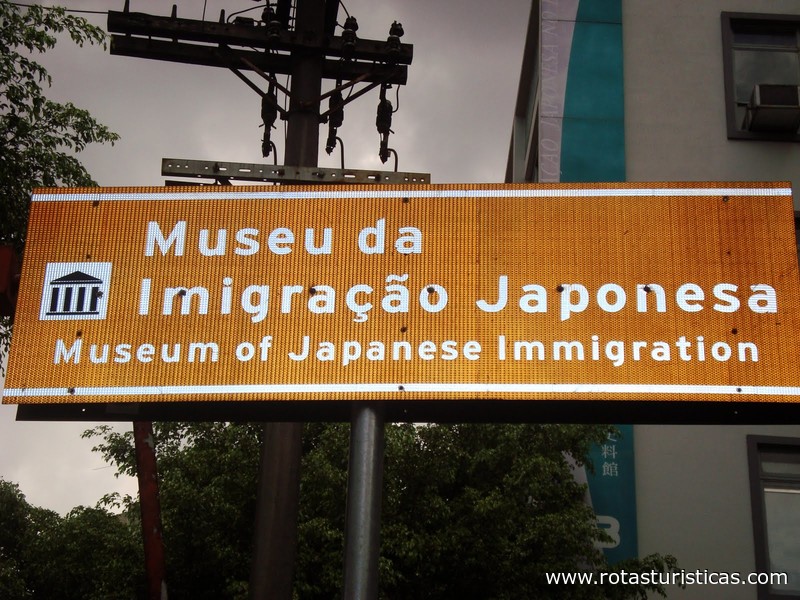 |
José and Paulina Nemirovsky Foundation |
| 1,5 Km |
 |
Pinacoteca of the State of Sao Paulo |
| 1,5 Km |
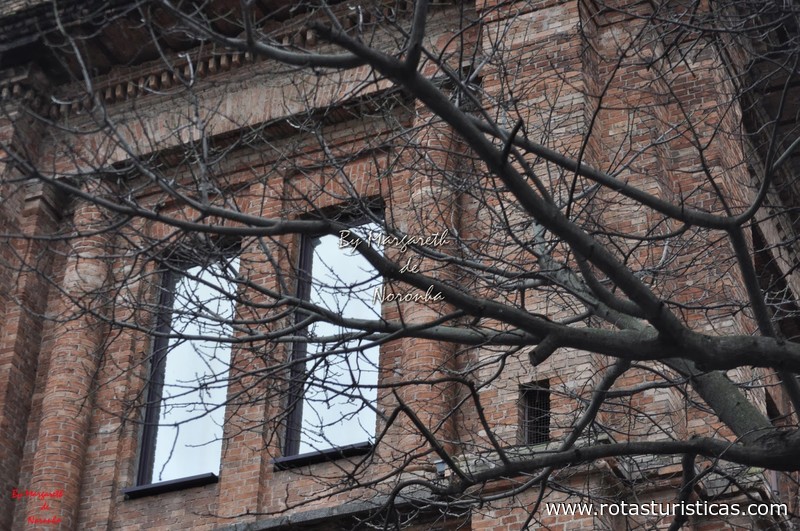 |
Garden of Light |
| 1,7 Km |
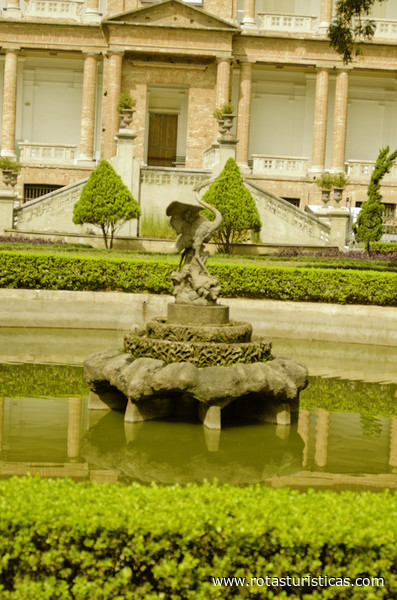 |
Immigration Museum |
| 2,0 Km |
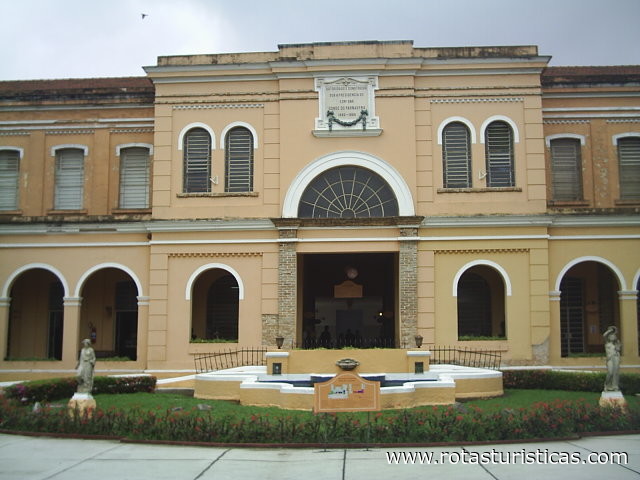 |
Sao Paulo Energy Museum |
| 2,3 Km |
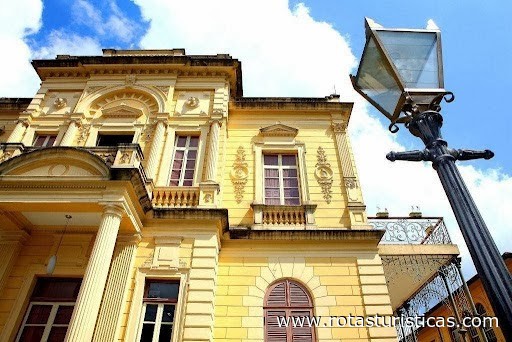 |
Gaetano Ferolla Transport Museum |
| 2,7 Km |
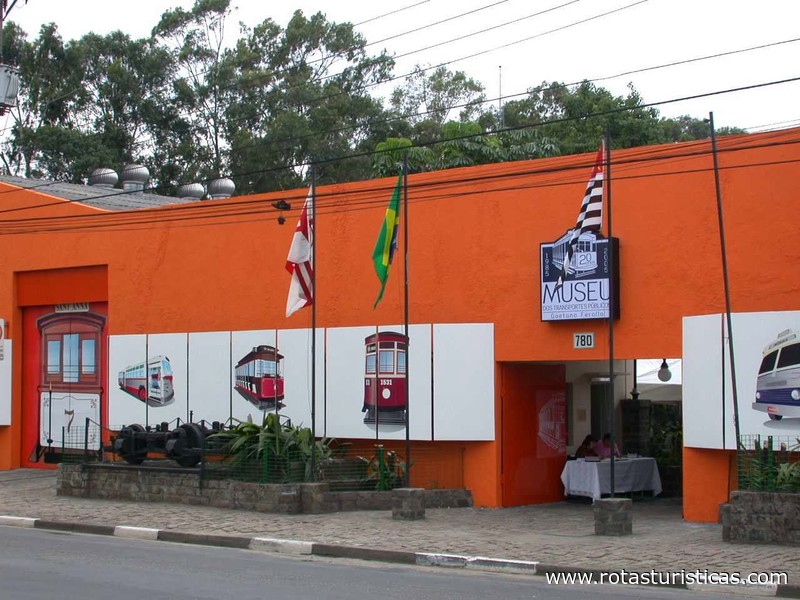 |
Sao Paulo Assis Chateaubriand Museum of Art |
| 2,8 Km |
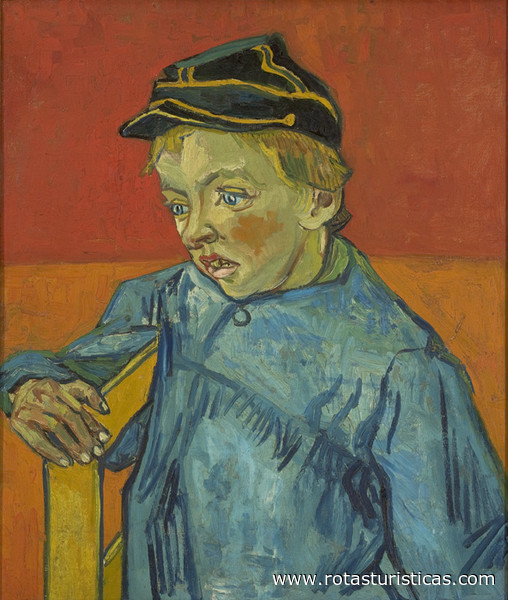 |
Itaú Cultural Institute |
| 2,8 Km |
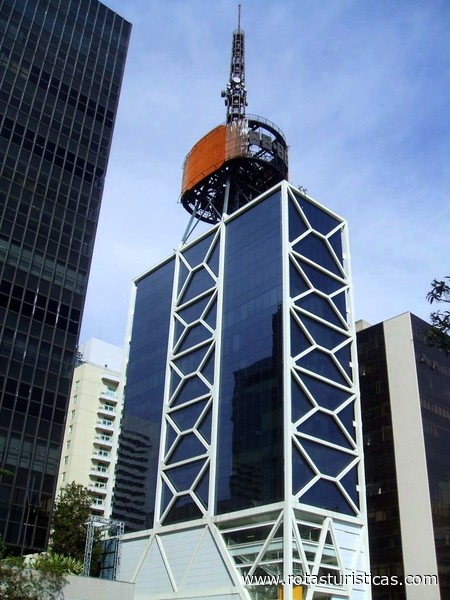 |
Orthodox Metropolitan Cathedral |
| 3,1 Km |
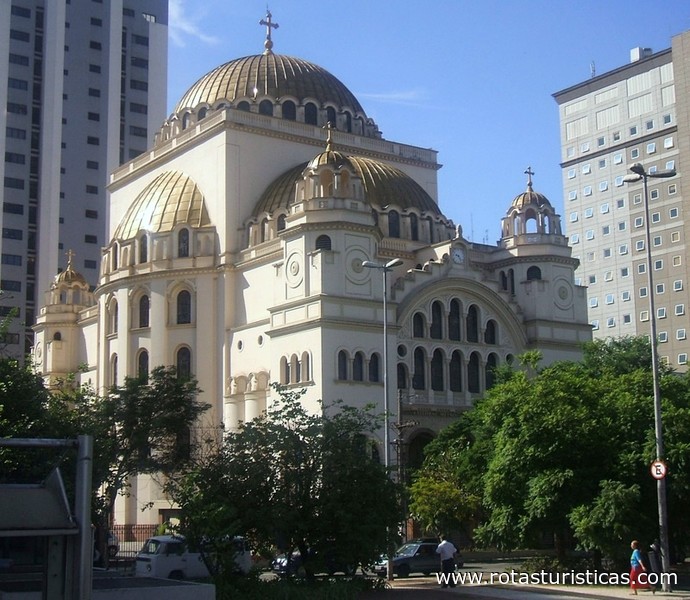 |
Zoology Museum |
| 4,0 Km |
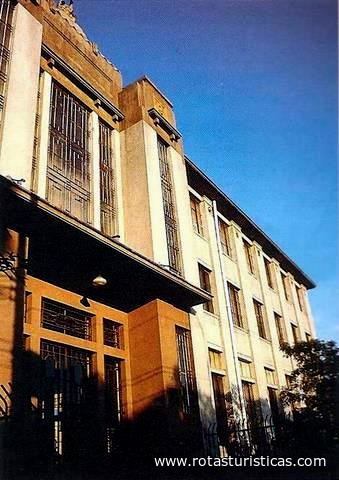 |
Latin American Memorial |
| 4,0 Km |
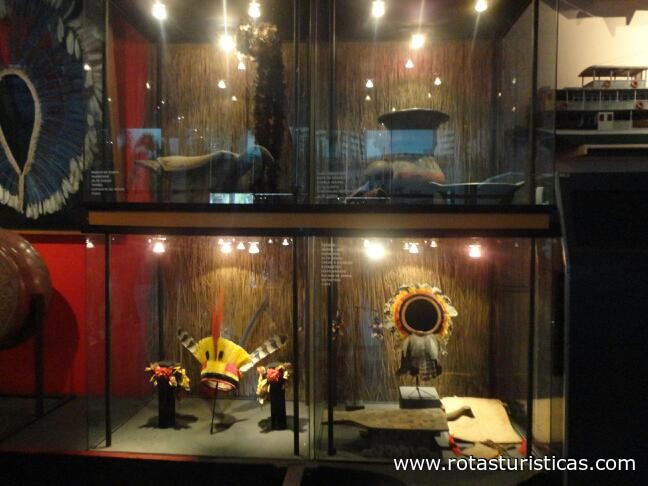 |
Contemporary Art Institute |
| 4,7 Km |
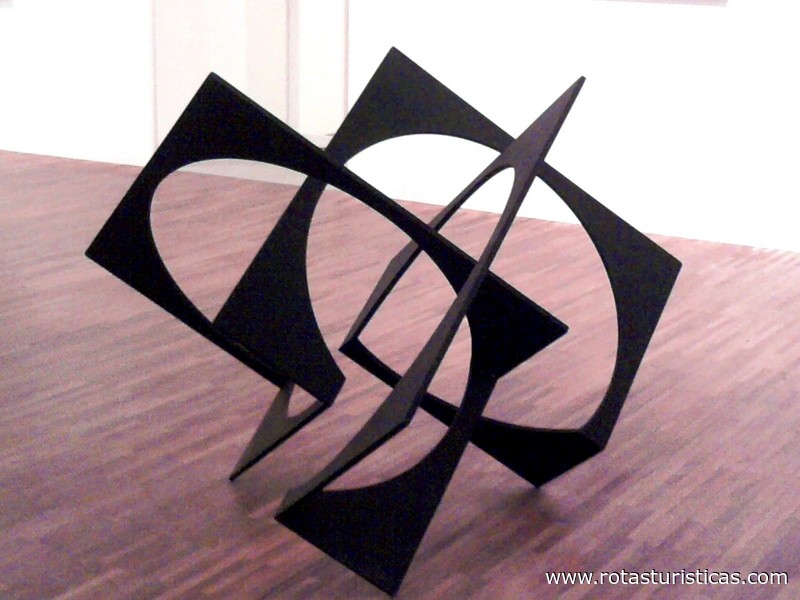 |
Jewish Culture Center |
| 4,7 Km |
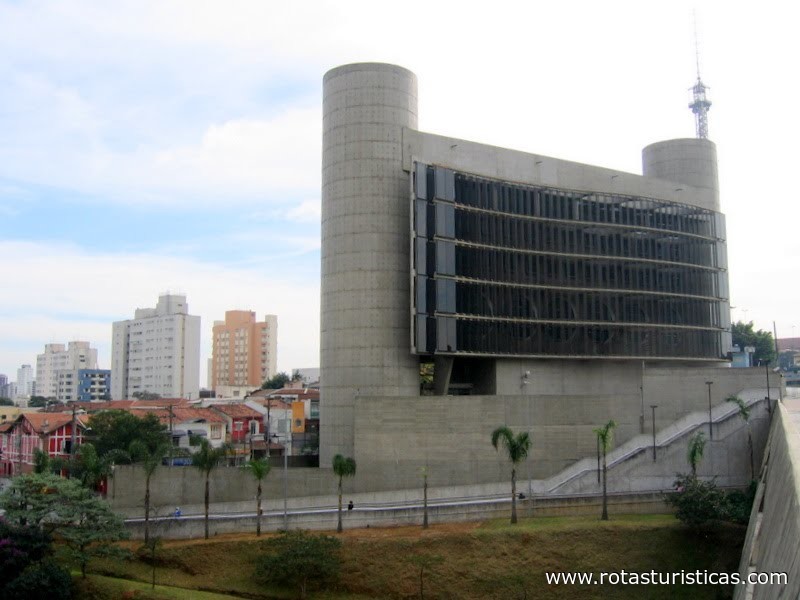 |
São Paulo Biennial Foundation |
| 4,9 Km |
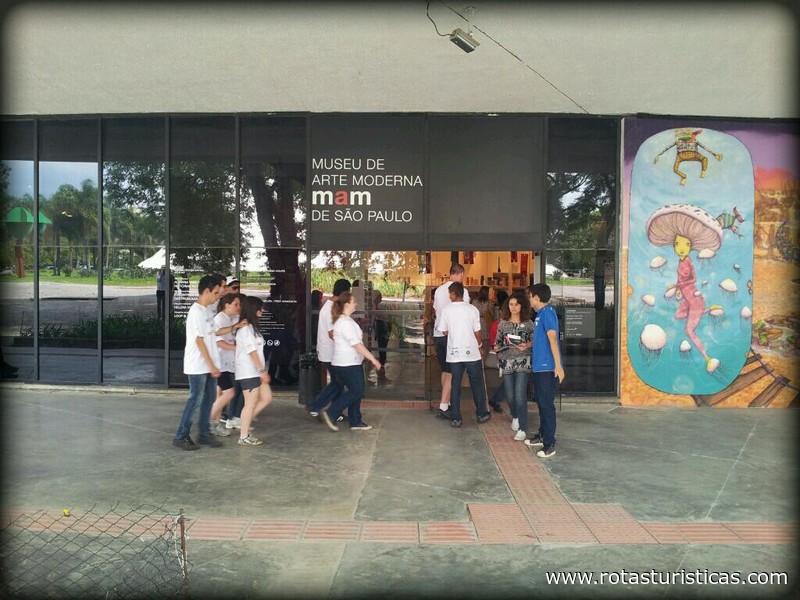 |
Association of Museum of Magic Art Illusionism João p Santos |
| 5,0 Km |
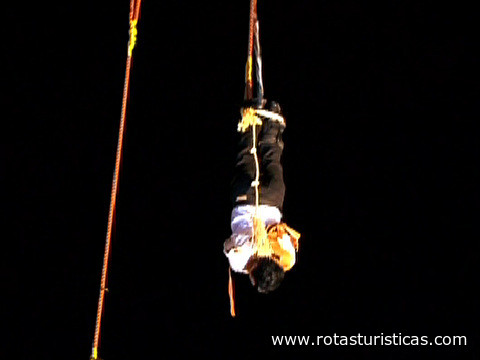 |
Sao Paulo Museum of Modern Art |
| 5,0 Km |
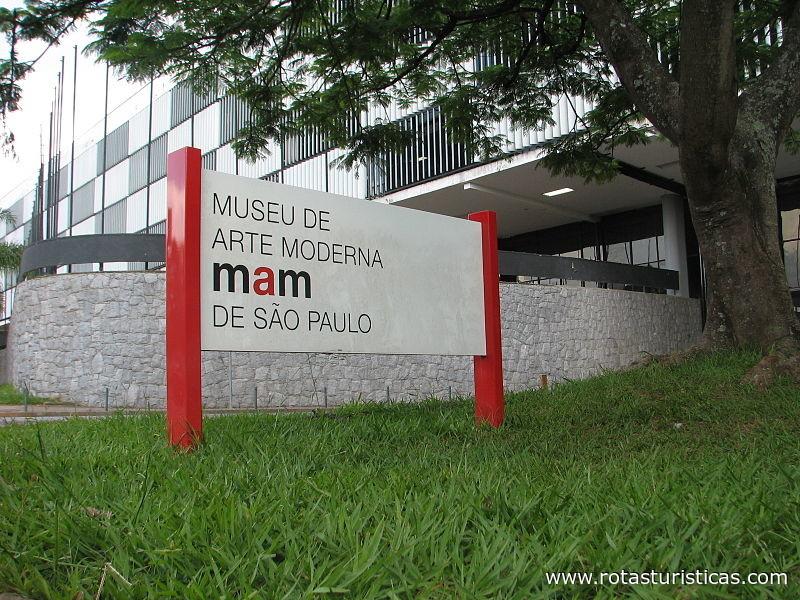 |
Lasar Segall |
| 5,2 Km |
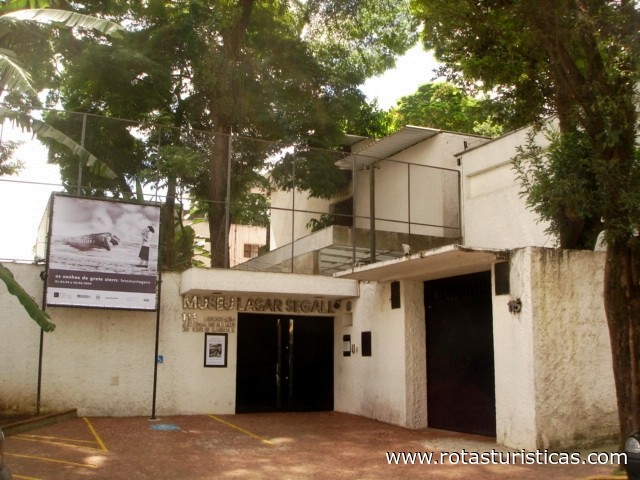 |
Mube - Brazilian Museum of Sculpture |
| 5,3 Km |
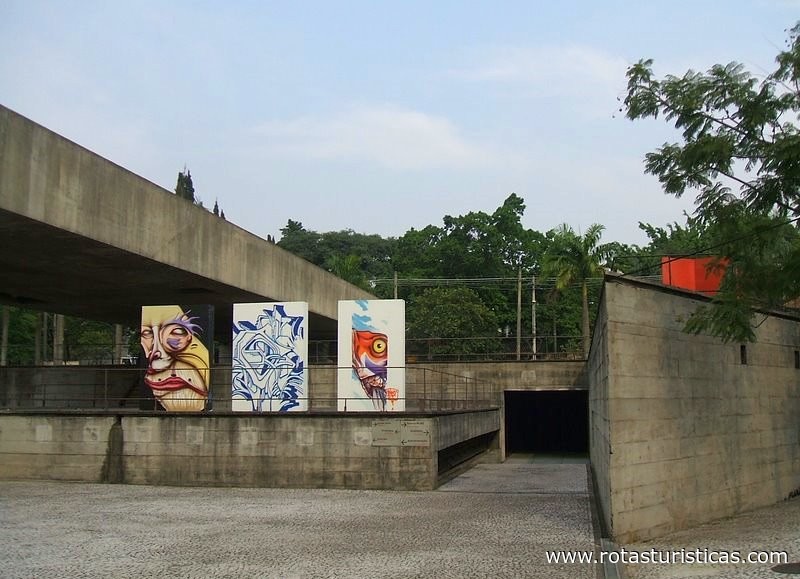 |
Tatuape House Cultural Space |
| 5,4 Km |
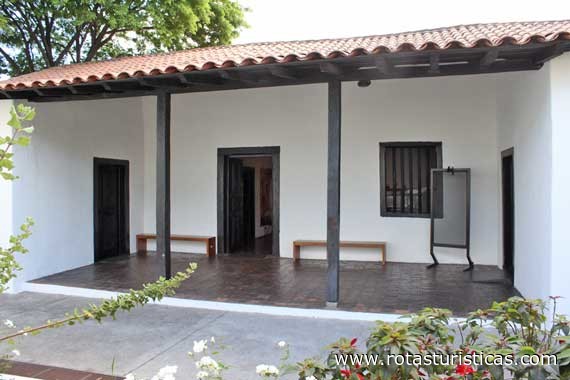 |
Modernist House |
| 5,4 Km |
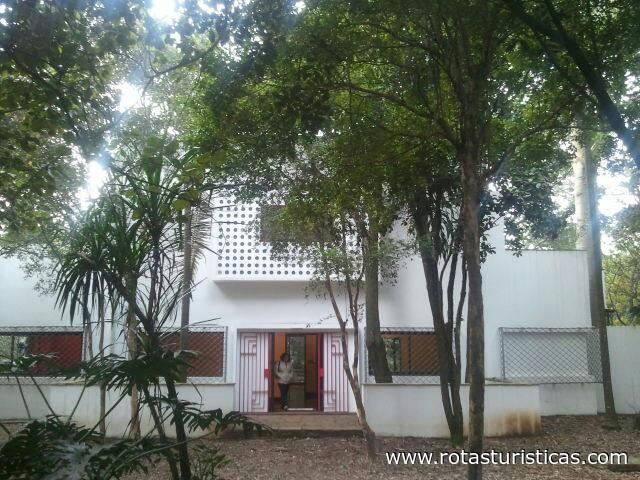 |
Brazilian House Museum |
| 6,4 Km |
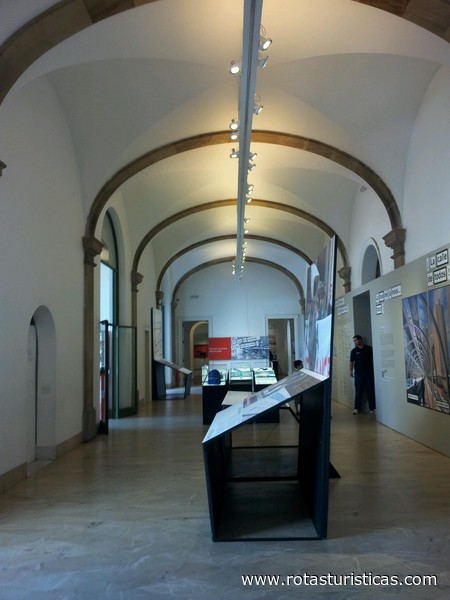 |
Tomie Ohtake Institute |
| 6,5 Km |
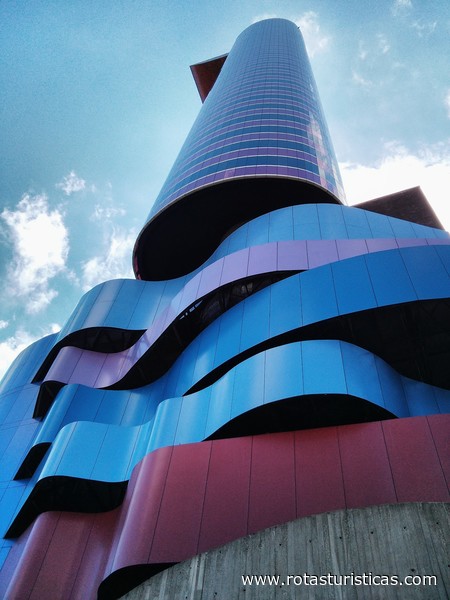 |
Oscar Cruz Gallery |
| 6,5 Km |
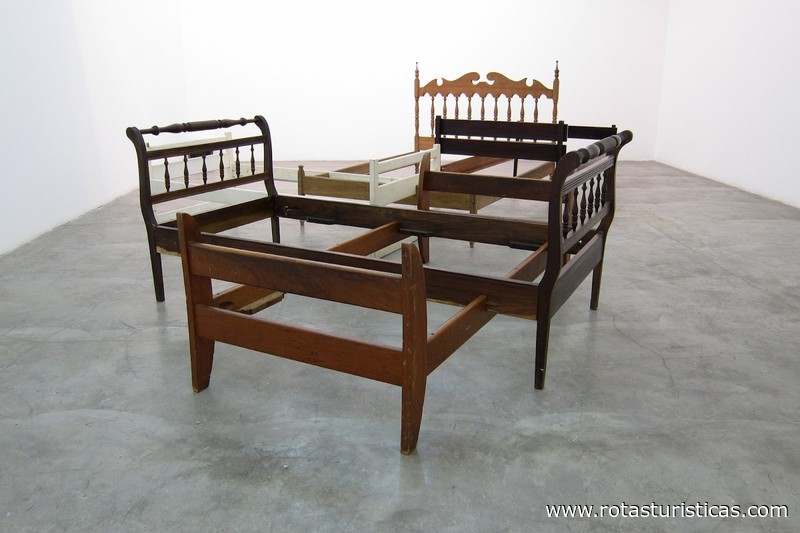 |
Bandeirante House |
| 8,0 Km |
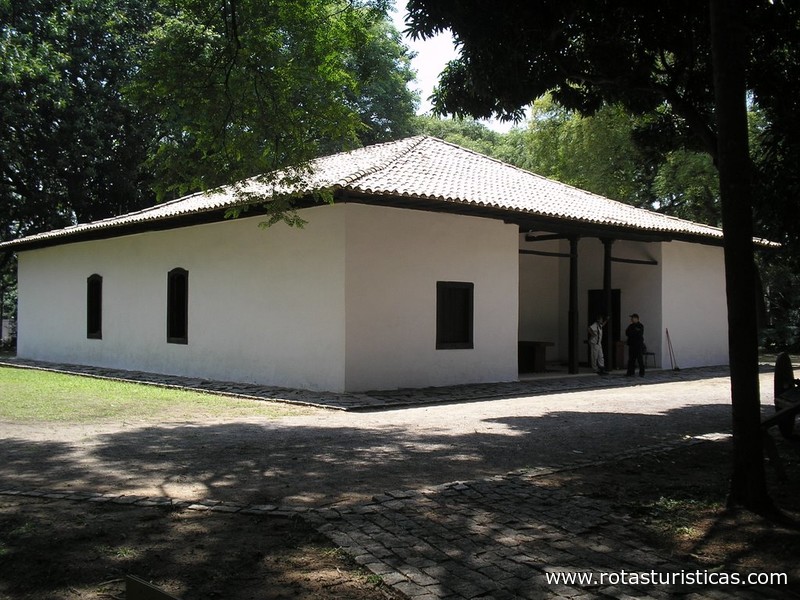 |
Maria Luisa and Oscar Americano Foundation |
| 9,9 Km |
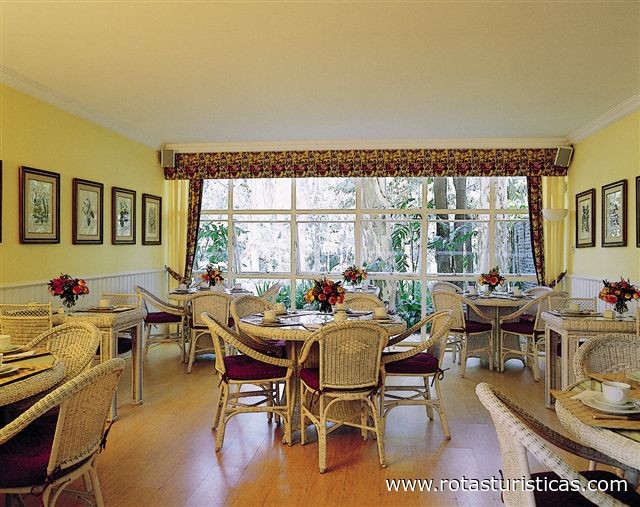 |
Geosciences Museum - Usp |
| 9,9 Km |
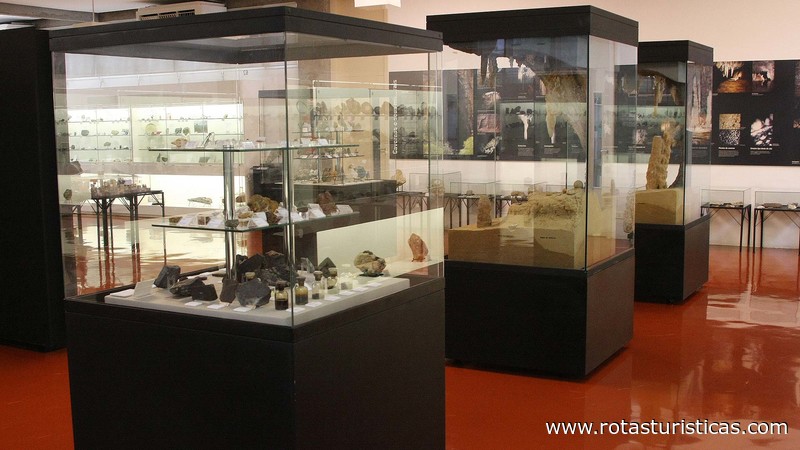 |
Oceanographic Museum |
| 10,2 Km |
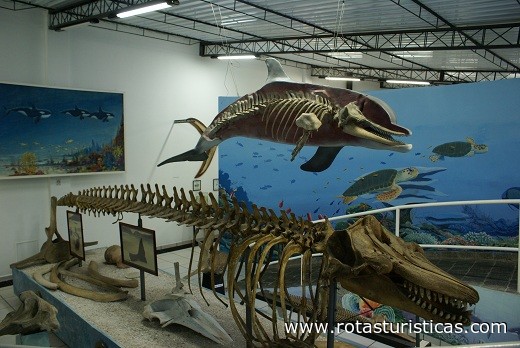 |
Jaçanã Memory Museum Association |
| 10,5 Km |
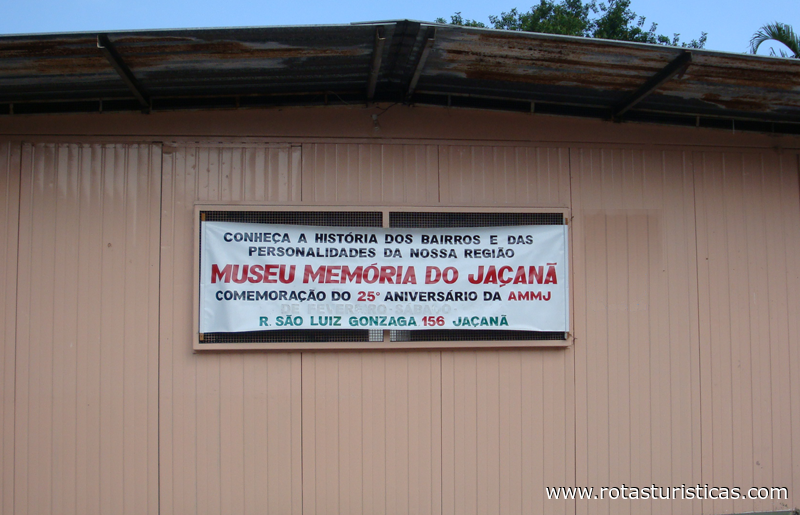 |
Archeology and Ethnology Museum |
| 11,1 Km |
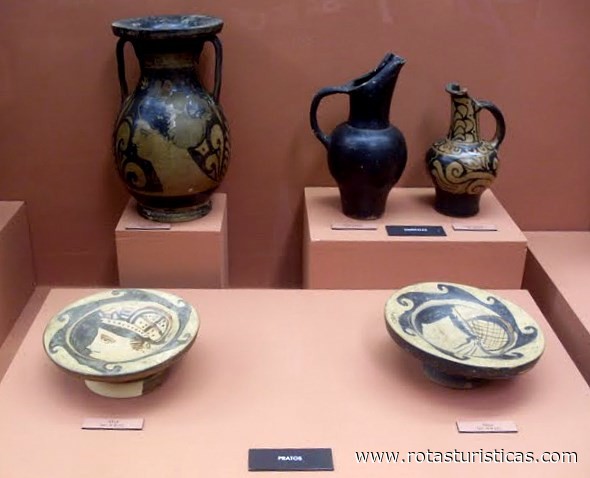 |
Santo André Museum |
| 16,9 Km |
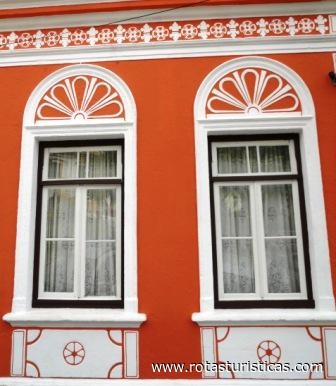 |
Hotel reservation near Pateo do Collegio within a radius of 20 km
Why to book with ROTAS TURISTICAS
The best prices
Our partnerships with the world´s largest operators offer research on the best market prices.
More options
At Rotas Turisticos you can book the hotel, buy the air ticket, book the transfer from the airport to the hotel and vice versa, book the local excursions, rent the car, take travel insurance and consult the places to visit and where to go.
Holiday Tips & Destinations
Hundreds of holiday destinations with all the options that allow you to easily choose the destination that best suits your dream vacation.
ROTAS TURISTICAS
Links


